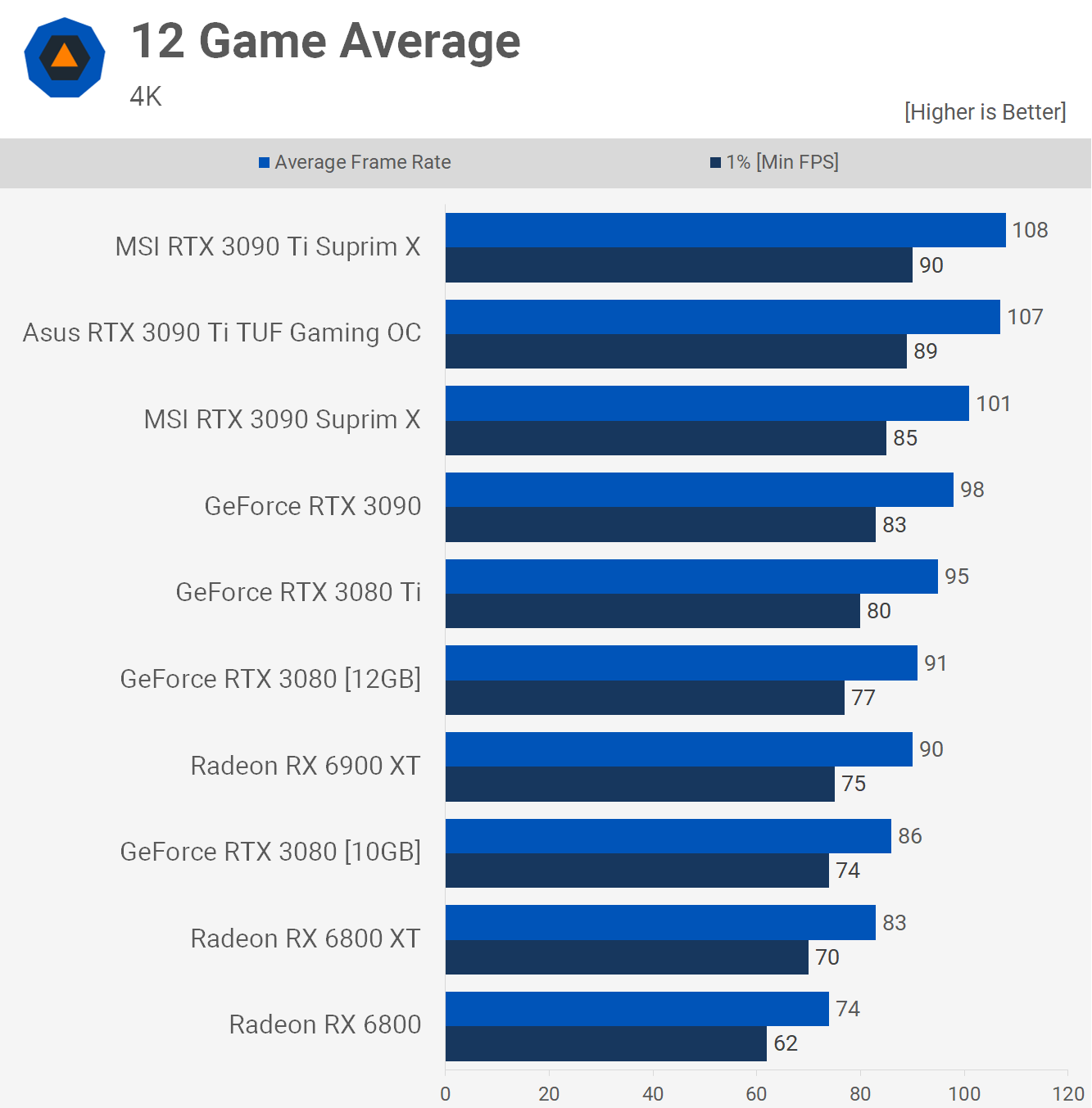Yes. With clamshelling each individual chip gets addressed at 16-bit instead of 32-bit (well, technically 2x16-bit for GDDR6). Total bandwidth doesn't drop because you just spread data over more chips.
Ok, I think I understand. When I was mentioning about the bandwidth, I just meant per module. You essentially get the same bandwidth off that bus width you'd expect with a given I/O pin rate it's just that you're using double the physical capacity and half the data rate per module to do it.
At least that's how I believe it works. Like if a single 14 Gbps 2 GB module on a 256-bit bus would give you 56 GB/s bandwidth in 32-bit mode, it drops to 28 GB/s in 16-bit mode. The tradeoff being you can double physical capacity using the same module densities (32 GB vs 16 GB as the leak in OP is hinting at).
I only really remember this because Sony were forced to use it with launch period PS4s but then 8 Gbit modules became available so they revised the setup for later PS4 systems.
And people were fighting over 2TF difference (PS5 vs XSX) LOL

. With 100TF I bet even UE5 games will run like a dream.
Hopefully. Depends on how much of those games use mesh shading (TF perf is actually more useful for that vs. fixed function graphics pipeline). Also probably how much a rasterization bump we get.
It'll probably do for another generation, maybe even two, of GPUs but you're always going to be limited by module I/O density (32-bit), size of GDDR memory controllers (which unless AMD, Nvidia and Intel move to chipletizing the memory controllers, will factor into die sizes), and real-estate costs on the PCB (you can't stack GDDR modules like you can HBM). Also on average GDDR consumes more power than HBM, and has less room for design innovations (there are already Samsung HBM2E modules with PIM functionality built in and partially handled by the interposer. You can't really do that with GDDR).
Then there's bandwidth limitation issues, too. We've never seen a GPU with a bus wider than 512-bit for GDDR, and even with some theoretical 48 Gbps GDDR7X or whatever module your bandwidth is limited to 3 TB/s. Maybe 4 GB capacity modules become possible, so you can fit 64 GB on a card, but power consumption on that is going to be heavy. At that point why not just switch over to HBM which also brings way lower latency, power consumption, and real-estate costs on the PCB size?





